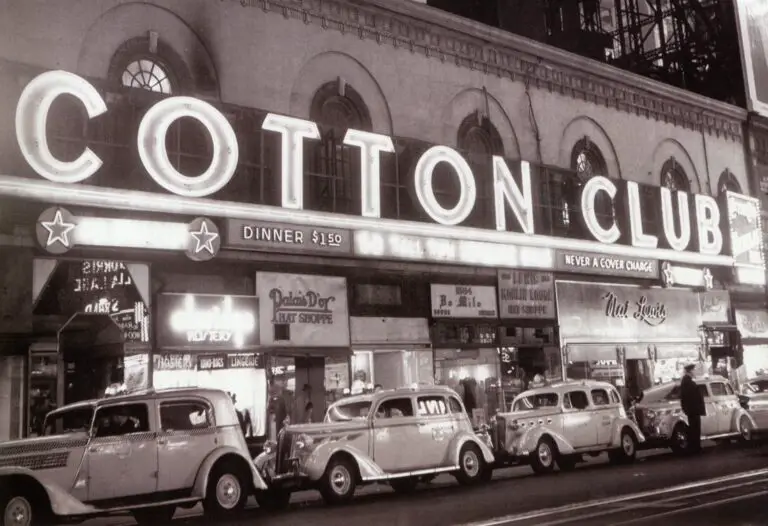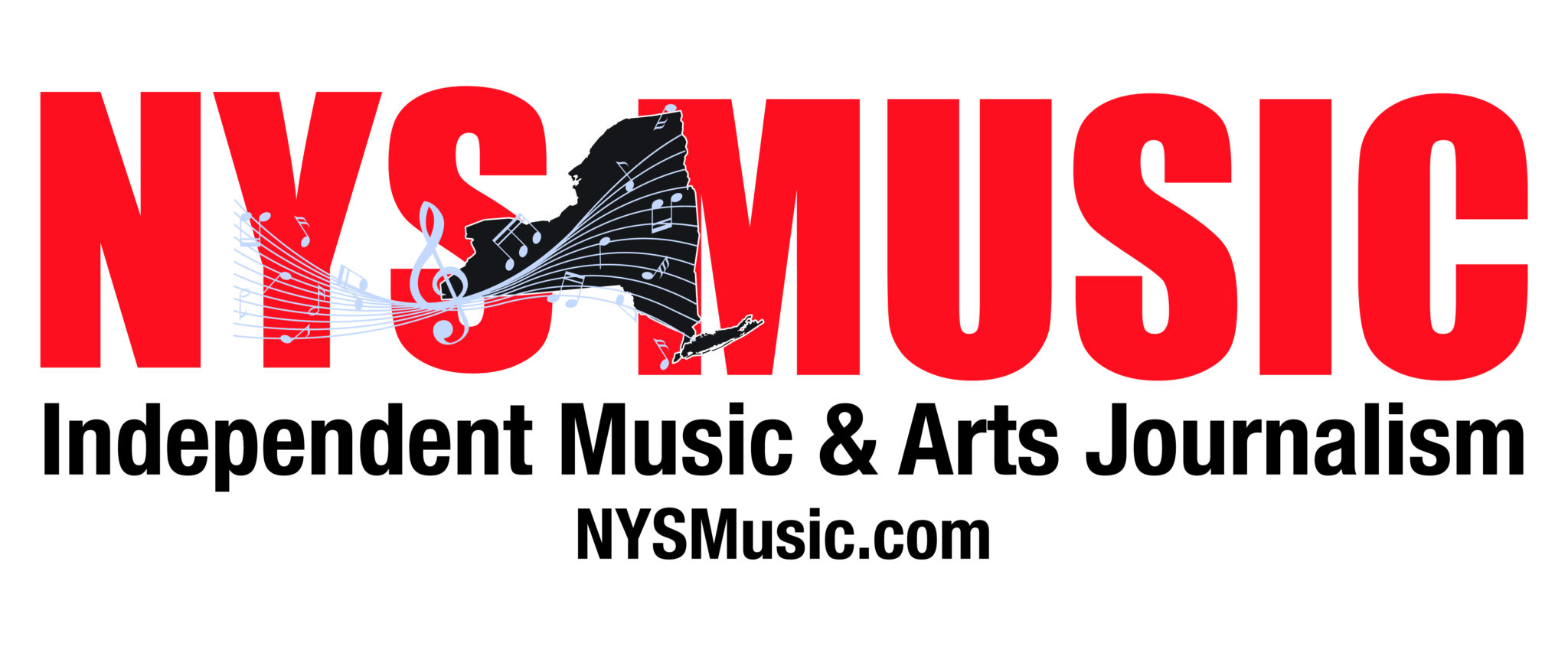In continuation of NYS Music’s series celebrating the Harlem Renaissance in its centennial years, it is important to highlight the Cotton Club which was instrumental in displaying Black talent.

Before it was the Cotton Club, the venue was owned by the first Black heavyweight boxing champion, Jack Johnson. It was called the Club Deluxe, a nightclub with 400 seats in 1920. It was located in the core part of Harlem, at 142nd Street and Lenox Avenue. About two years later in 1922, Owen “Owney” Madden, a leading figure of the underworld, purchased the venue while doing time in Sing Sing Prison. Under his leadership, the Cotton Club developed and expanded into a venue with 700 seats. The venue gained fame through radio broadcasts on a national level.
The Cotton Club was founded during the prohibition era, a time when selling alcohol was illegal. Madden used the club to sell his beer despite the restrictions. The club temporarily closed in 1925 due to the illegal sales but quickly reopened with no issues. After the reopening, a man named Herman Stark took over.
Black Performers for White Audience

In alignment with the time period, Cotton Club was a whites-only establishment, however, the performers and staff were Black. The Black staff members weren’t allowed to mingle with the all white-audience. The girls in the chorus were required to be tan or of a light complexion, tall, and under 21 years old and presented in scantily clad and revealing attire. The requirements for the male performers were less restricting and their skin tones were more diverse. After finishing the shows, the performers convened in the basement in the building next to the club.
Overall the Cotton Club reproduced stereotypical imagery of Black people which dehumanized them. Oftentimes the performers were portrayed as savages in the jungle or with themes of being on a plantation. While the conditions of their work was compromising and not ideal, the high profile clientele that they attracted resulted in high wages.
The venue’s theme of a white audience consuming Black talent, launched the careers of many legendary Black musicians. In 1927, famous jazz composer and bandleader, Duke Ellington, took the Cotton Club to another level. Ellington’s band became the house band, and they were expected to produce “jungle music”. His first revue was titled “Rhythmania” and featured jazz singer, Adelaide Hall, who also recorded several songs with Ellington during that time; including their hit “Creole Love Call”. During his time at the Cotton Club, he recorded over 100 compositions and experimented with creating arrangements. Just like radio broadcasts helped the venue gain attention, it did the same for Ellington and his work.
In 1931, jazz singer and bandleader Cab Calloway’s orchestra replaced Ellington’s as the house band. They began with their Brown Sugar revue and continued to make more contributions to the Cotton Club’s success. In 1933, Lena Horne began her professional career as a chorus girl and was a part of the Cotton Club Parade. Many other musicians have found success and have grown at the Cotton Club including Louis Armstrong, Dorothy Dandridge, Sammy Davis Jr., The Nicholas Brothers, Ethel Waters and more. Jimmie Lunceford’s band replaced Calloway’s in 1934, which was the same year of the highest grossing show at the Cotton Club, called “The Cotton Club Parade 1934.”
From Harlem to Broadway and Beyond
Due to race riots, the venue closed in 1936 and the location changed when it reopened. There were complaints and threats of boycotting because of the segregation that was upheld there. When the Cotton Club reopened, the newer site was in the Broadway Theatre District, specifically at Broadway and 48th St. In the same year, Calloway returned for the opening night and headed a roster of over 100 performers. Stark paid tap dancer Bill “Bojangles’ ‘ Robinson $3500 a week which was the highest amount that a Black performer was paid on Broadway and the highest any nightclub performer had been paid.
The Cotton Club closed indefinitely in 1940 from issues spanning from rises in rent and investigations looking into tax evasion from nightclub owners. Since its closing, variations of the site have opened around the country including Las Vegas, Chicago, California and more. According to Harlem World Magazine, in the late 1970s, a new Cotton Club opened in Harlem on 125th Street. The name is the same and it also revolved around jazz, however it was not made in affiliation with the original.


Comments are closed.